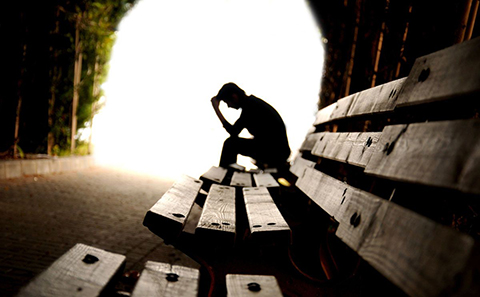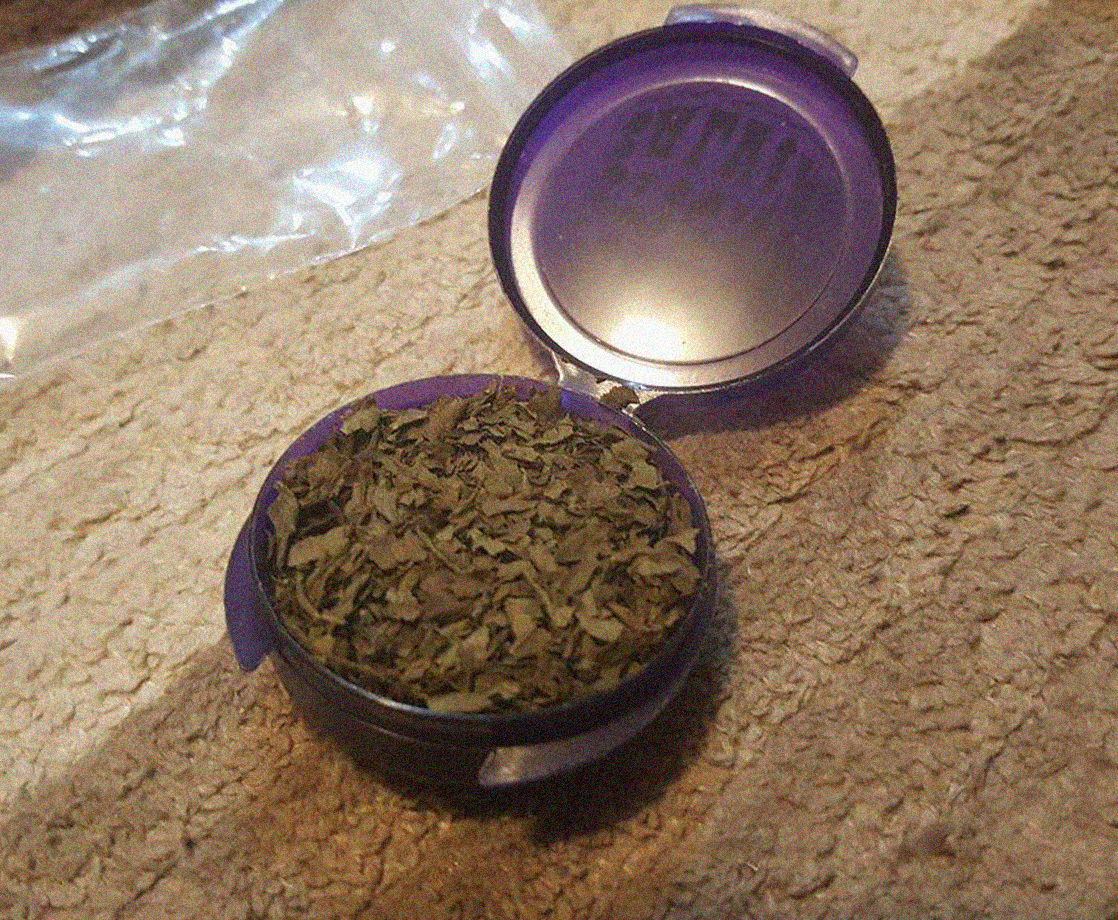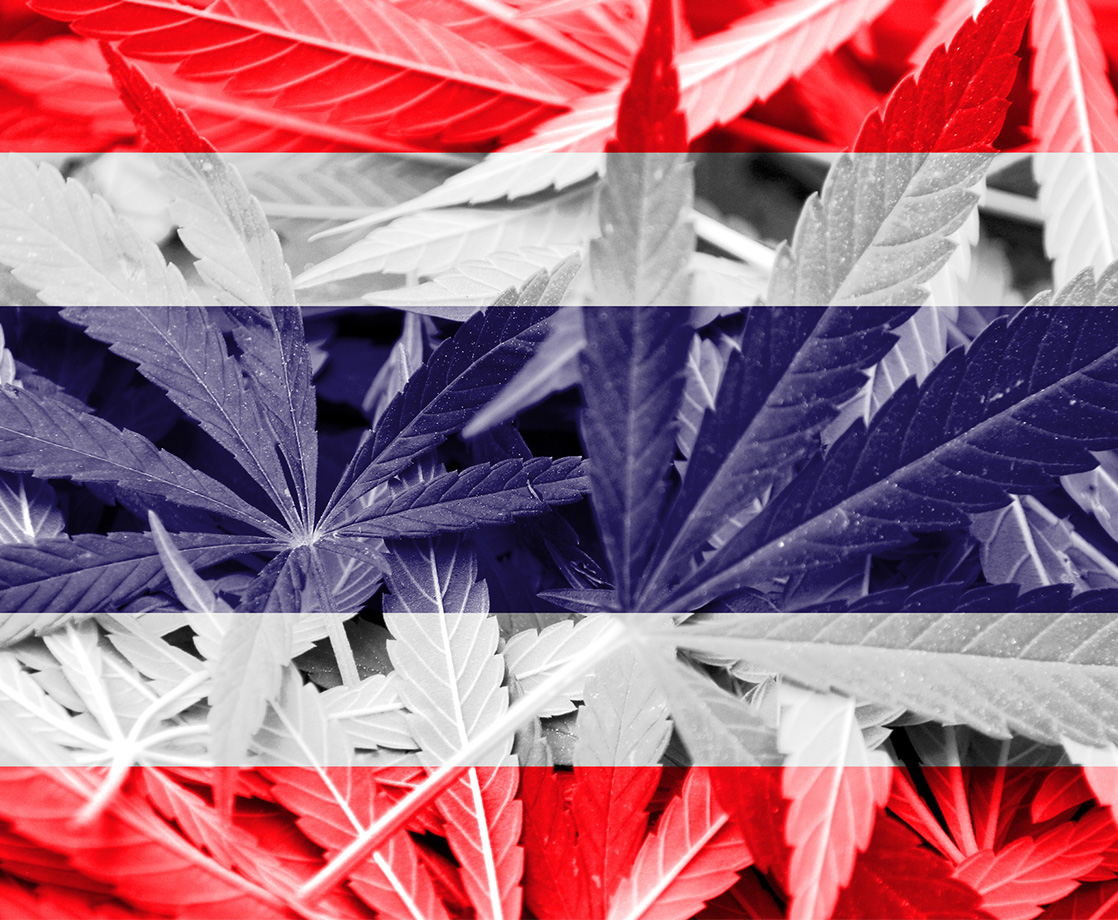On Veterans Day 2015, a phalanx of disgruntled U.S. combat veterans marched down Pennsylvania Avenue toward the White House in an attempt to bring attention to the fact that the Veterans Health Administration did not consider cannabis an effective or legitimate medical option for veterans. As they walked, the men and women littered the sidewalk with empty pill bottles collected from across the country—marching through physical pain or debilitating mental illness to show that American veterans want their medicine on their terms.
By the day’s end this solemn procession had become a victory parade, as just hours before the demonstration began, the Senate voted to allow the Veterans Health Administration to recommend medical cannabis to its patients. The vote signified a door opening for medical marijuana in one of the most traditionalist enclaves of government, and for suffering veterans the opportunity for treatments that don’t involve an ever-increasing number of pills couldn’t have come soon enough.
Medical cannabis’s usefulness as a non-opioid pain remedy is well-documented, from its ability to ease patients through chemotherapy to its ability to treat aches and pains that are the result of injury. But this may only account for half the usefulness of cannabis with regards to the veterans who now have access to it.
According to studies conducted by the National Center for PTSD, the prevalence of posttraumatic stress in combat troops who served in either Operation Enduring Freedom—commonly known as the war in Afghanistan—and Operation Iraqi Freedom is between 12 and 16 per cent. And apart from combat troops, civilian traumatic experiences bring the grand total to around 5 million sufferers annually in the U.S. Among those who are affected, the same organization suggests categorizing traumatic experiences to further isolate the proper care for those affected. Categories, according to the National Center For PTSD, include: life-threat, loss, observing carnage and loss of life, morally challenging acts of omission or commission, betrayal of service and role expectations, and fatigue/exposure to the elements.” These traumatic experiences can then lead to varying symptoms and medical trajectories, requiring different approaches to care.
More and more physicians agree that for some veterans, cannabis is the best option for PTSD treatment, a consensus reached partially on the back of research done by Nachshon Korem and Irit Akirav of the Department of Psychology at the University of Haifa in Israel.
By giving lab rats an injection of synthetic cannabinoids before administering a traumatic shock—in this case a brief electrical shock to the foot—Korem and Akirav were able to block the formation of traumatic memories with the help of the cannabinoids. The rats given synthetic THC were significantly less traumatized in the long run by the shocks. They went so far as to say their compound, called WIN55, “Prevents the Effects of Shock” in the traumatized rats.
For their part, the U.S. Department of Veterans Affairs is hardly convinced of cannabis’s potential for treating combat veterans. “Marijuana use for medical conditions is an issue of growing concern,” reads the first line of their study into Marijuana and PTSD, written by Marcel O. Bonn-Miller, Ph.D. and Glenna S. Rousseau, Ph.D. “Some Veterans use marijuana to relieve symptoms of PTSD and several states specifically approve the use of medical marijuana for PTSD…. there is no evidence at this time that marijuana is an effective treatment for PTSD.” As of Veterans Day, the policy of the U.S. Senate is officially at odds with the VA’s, which rejects nuance in its approach to cannabis, preferring to maintain the status quo. As the 23 states in which some form of medical cannabis is legal begin to see their veterans exercise all available options for pain and PTSD, time will tell which policy is more beneficial for those in need.











